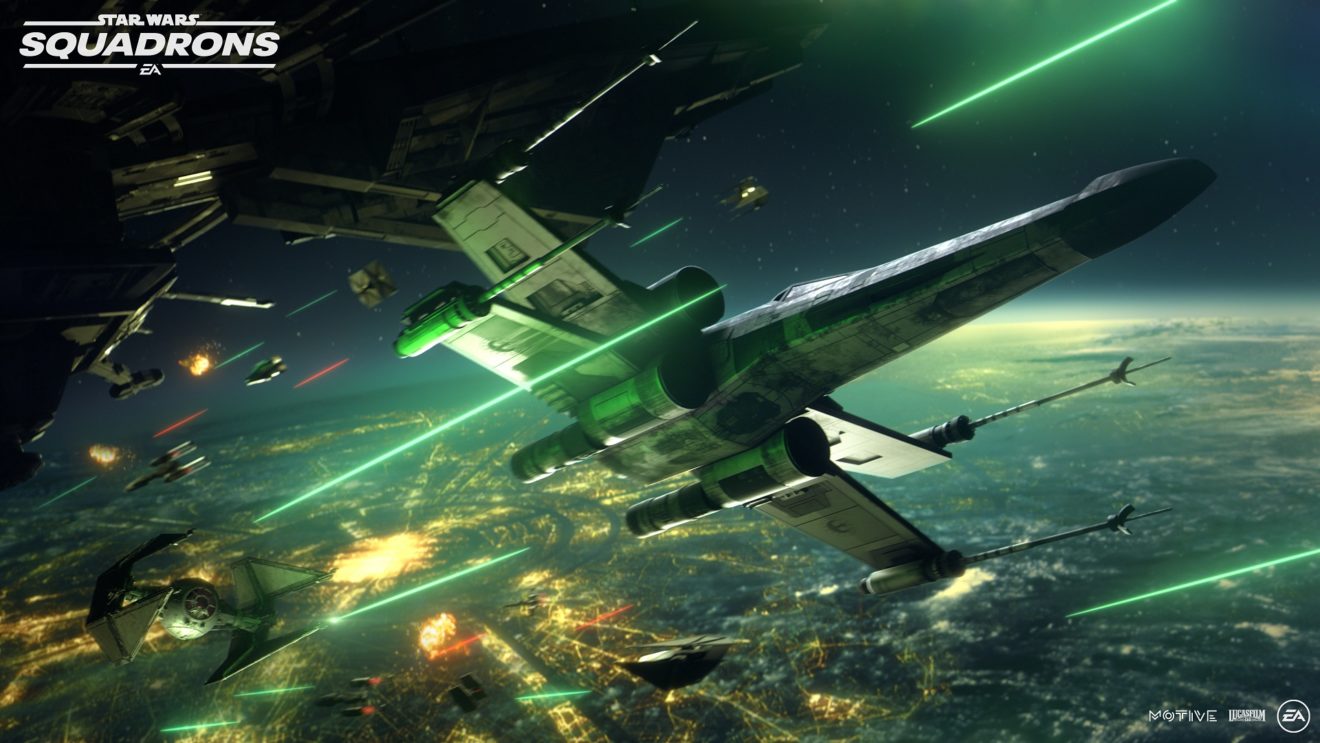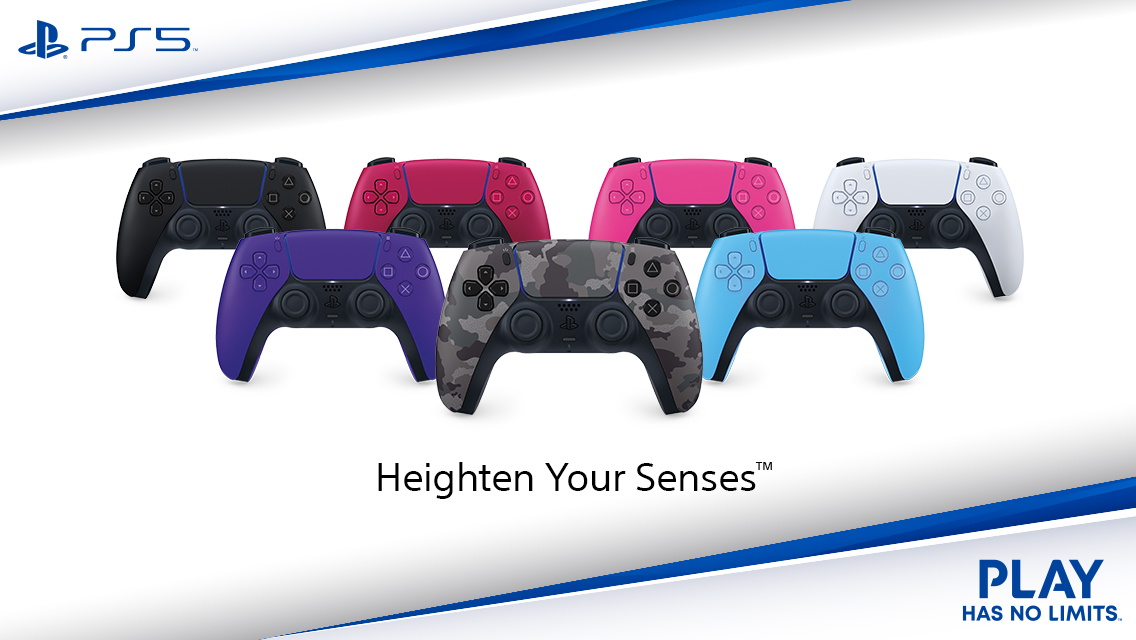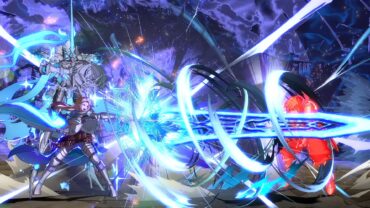
Star Wars: Squadrons’ latest briefing dives deep into starfighter mechanics
We already had some idea of how deceptively complex the mechanics in Star Wars: Squadrons will be, but the game’s most recent blog post gives us a deeper look at how EA Motive is basically making a starfighter simulator.
One of the mechanics that resembles more hardcore space simulators like Elite: Dangerous is power management. Star Wars: Squadrons gives players the ability to divert power between three different subsystems: engines, lasers, or shields.
Raising the power for each subsystem will give your starfighter different advantages. Powering up the engines will increase your ship’s top speed, while powering up your laser will recharge them faster, which can allow you to outgun your opponent.
Shields are a little more complicated. For ships with shields, powering them up will recharge them faster. However, starfighters without shields can use a power converter to quickly divert all the power from lasers to engines or vice versa.
Each component also has a max power ability when you divert all your power to it. Lasers can go into overcharge, which makes them more powerful. Fully powered shields become overshields that double your protection. Maxed out engines will give you a temporary speed boost. Of course, the trade-off is that you’re taking all the power from your other compontents, so you have to use your power wisely.
According to the blog post, players will have the option to choose between a more basic power management system or a more advanced one. Regardless of what system you use, you can “rebalance your ship’s power to an evenly distributed state with a single button press, though, so it’s easy to recalibrate in the heat of battle.”
The post also gives a few more details about the different starfighter classes. Fighter-class ships (X-wings and TIE Fighters) are the all-around ships. Interceptor class ships (A-wings and TIE Interceptors) are the best for dogfighting. Bomber-class starfighters (Y-wings and TIE Bombers) can quickly take down enemy capital ships. And Support-class starfighters (U-wings and TIE Reapers) can heal friendlies and drop mines for enemies.
As far as what’s inside the starfighters, EA Motive has done a lot of work to faithfully recreate the cockpit for each ship. The instruments in the cockpit will tell you everything you need to know, including where your power is going, your ship’s speed, how much charge you have in your laser, sensors to detect enemy ships, and most importantly, the combat display. If you want the fully immersive experience, you can turn off all the in-game UI elements and rely solely on your cockpit’s instruments.
Dedicated Star Wars fans should be the most excited, as the developer worked with experts at Lucasfilm to figure out how TIE ships are piloted, as there was “no existing canonical guide [when we started development],” creative director Ian Frazier said. Motive even built real-life cockpits so that the motion capture work from the actors was as authentic as possible.
Star Wars: Squadrons is shaping up to be one of the most interesting and in-depth Star Wars games—let alone starfighter-themed games—ever. The game’s launching on October 2nd for Xbox One, PlayStation 4, PC, and VR, with next-gen versions also scheduled, and will feature cross-platform play between every platform.

Michael Goroff has written and edited for EGM since 2017. You can follow him on Twitter @gogogoroff.





